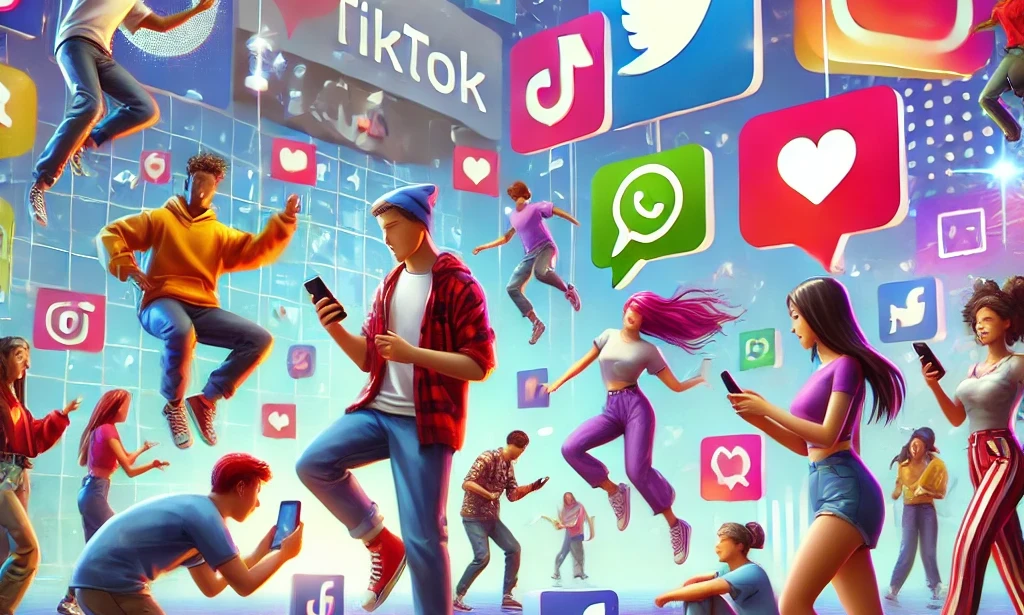The Psychology Behind Viral Challenges: Why We Can't Resist Participating
Introduction
From the Ice Bucket Challenge to the latest TikTok dance trends, viral challenges have become an unavoidable part of digital culture. But why do people feel compelled to take part? The answer lies in psychology—our need for social connection, validation, and belonging plays a crucial role in why we engage with these trends.
The Power of Social Proof
Social proof is the idea that people look to others when making decisions. When we see our friends, influencers, or celebrities participating in a challenge, we feel encouraged to join in because it signals acceptance and popularity. This is especially powerful on social media, where engagement metrics (likes, shares, and comments) act as reinforcement.
Fear of Missing Out (FOMO)
FOMO, or the fear of missing out, is another psychological trigger. Seeing others enjoy themselves while participating in a viral challenge makes us feel left out if we don't join. This phenomenon is intensified by social media, where people only showcase the most exciting parts of their lives, making challenges seem more appealing than they might actually be.
The Dopamine Effect: Rewards and Instant Gratification
Every time we receive a like, comment, or share, our brain releases dopamine, a chemical associated with pleasure and reward. Participating in viral challenges gives us a chance to gain social validation, which triggers this dopamine release. The cycle of posting, receiving engagement, and feeling rewarded encourages us to join more challenges.
The Role of Identity and Self-Expression
Viral challenges also allow individuals to express themselves. Whether it’s showcasing creativity through dance, humor through comedy challenges, or strength in fitness trends, challenges help people craft and maintain their online identities. This is particularly important in younger generations, who often use social media to shape their personal brands.
The Influence of Trends and Herd Mentality
Humans have a natural tendency to follow the crowd. This "herd mentality" means that when a challenge starts trending, people feel an unconscious pressure to participate. Platforms like TikTok and Instagram use algorithms that prioritize popular content, making it even more likely that users will be exposed to trending challenges.
The Role of Challenge Creators
Many viral challenges are strategically designed by brands, influencers, or musicians to promote products or songs. For example, a new dance challenge might be created to push a song up the streaming charts. Understanding that some trends are manufactured rather than organic doesn't always stop people from participating because they still offer fun and social engagement.
Are There Risks to Viral Challenges?
While many challenges are harmless fun, some can be dangerous. The Tide Pod Challenge, the Kiki Challenge, and other reckless trends have resulted in injuries, hospitalizations, and even fatalities. This highlights the dark side of social validation, where the desire for attention can override common sense.
Conclusion
Viral challenges are more than just trends—they tap into deep psychological needs for belonging, validation, and social interaction. While they can be a fun way to engage with others, it's important to remain aware of why we participate and to make sure we're not compromising our well-being for the sake of likes.

You must be logged in to post a comment.